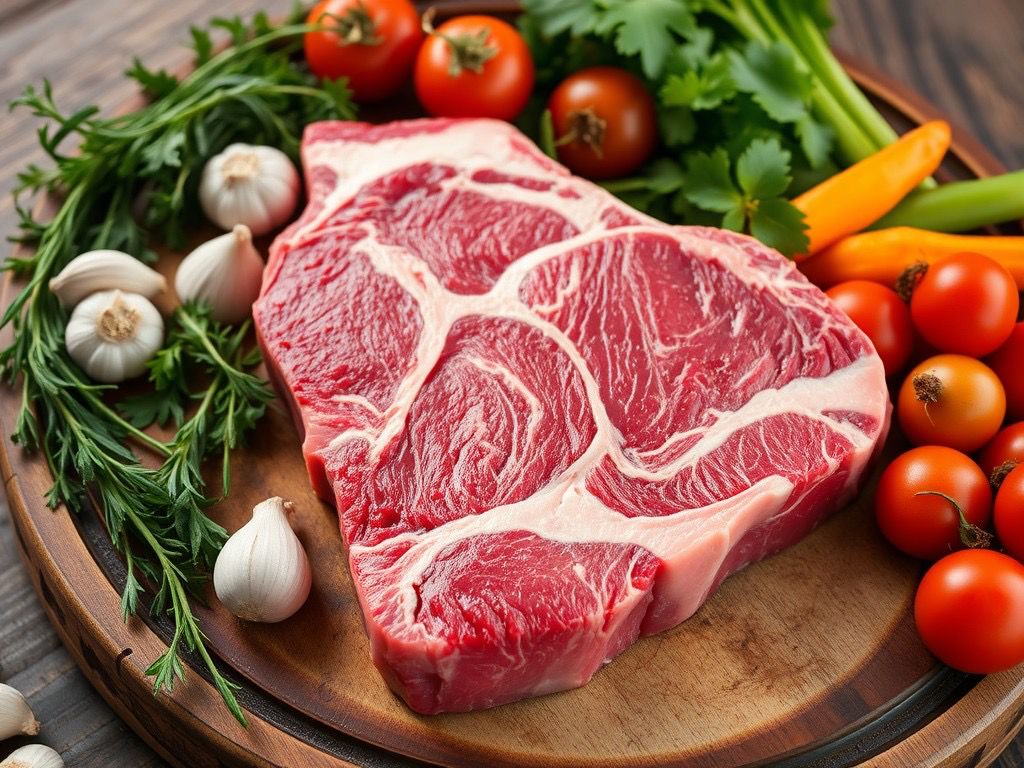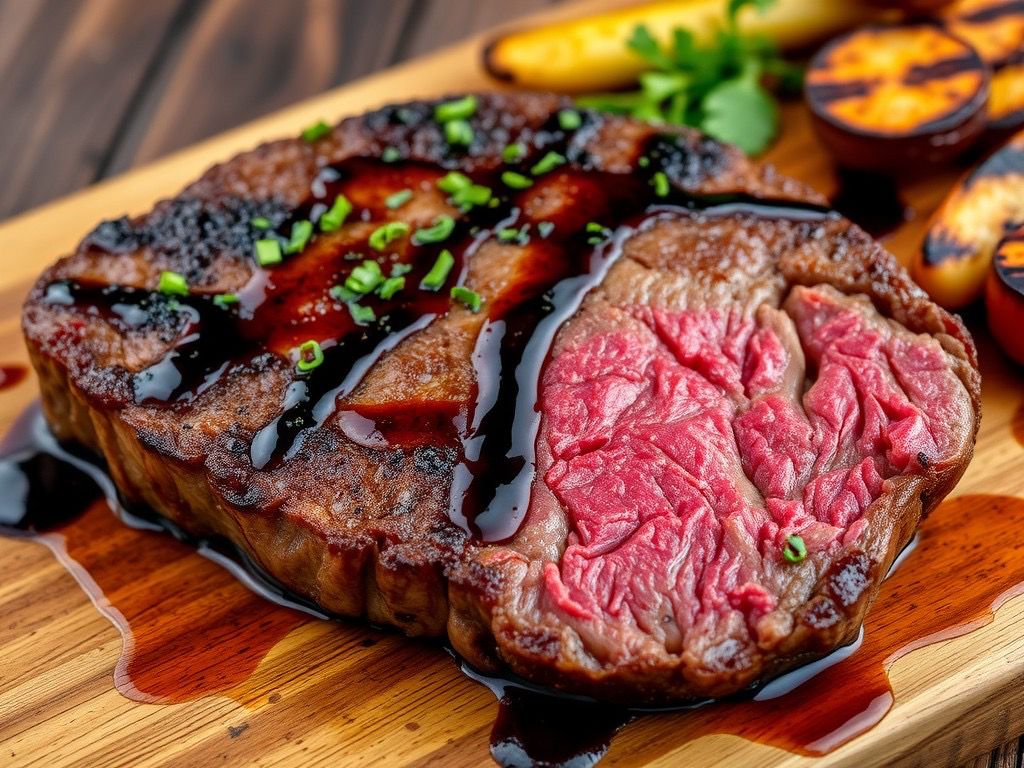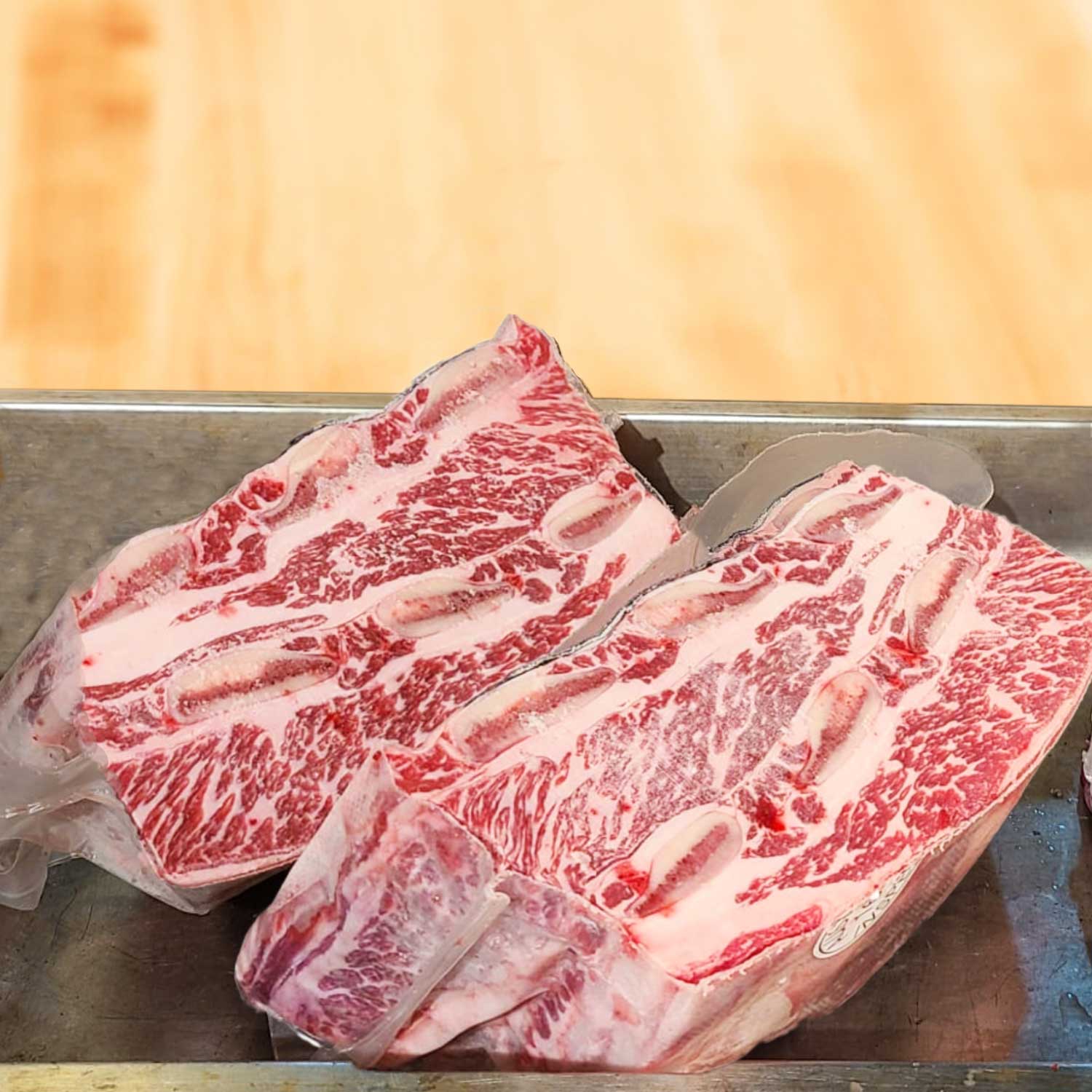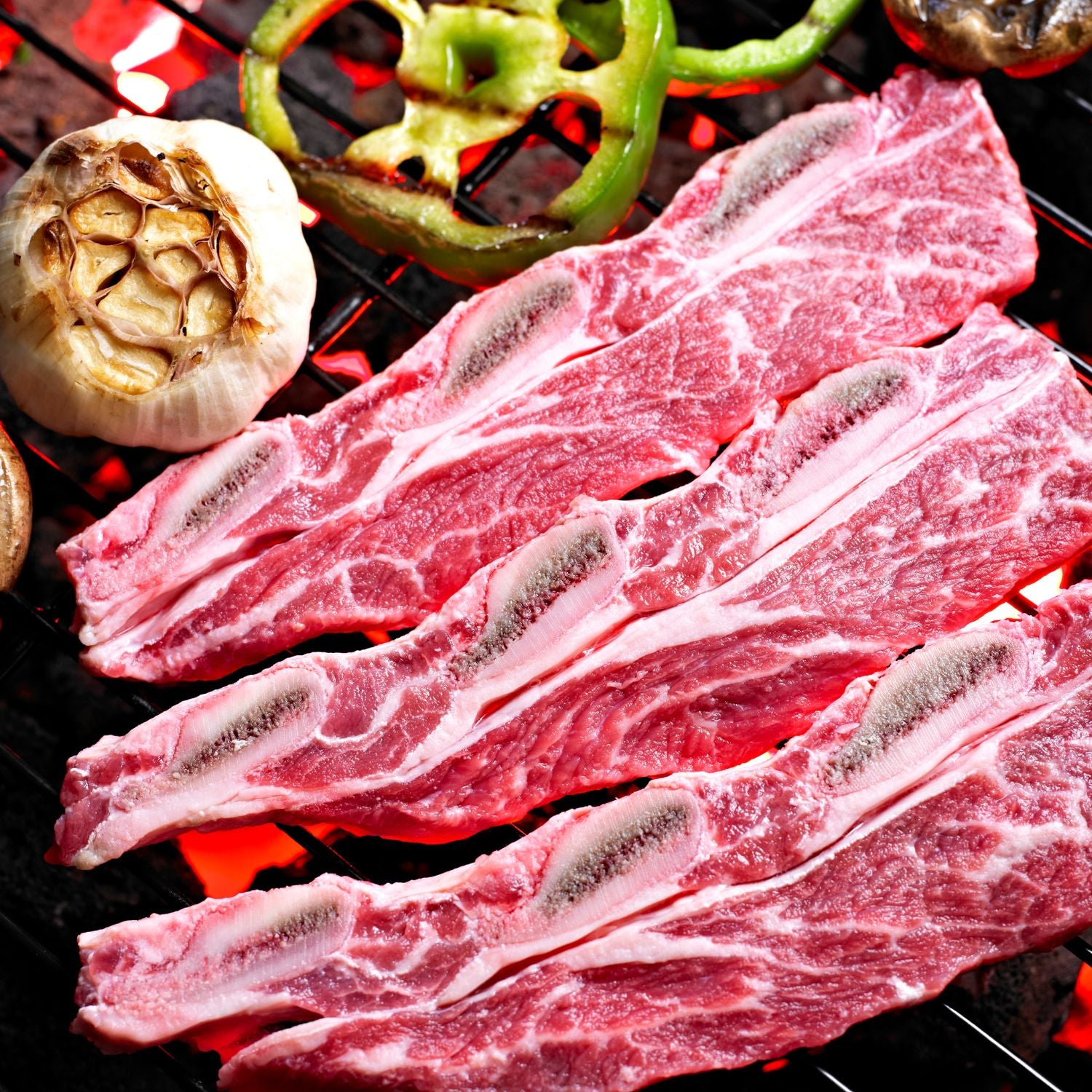The Art of Selecting Quality Grass-Fed Steaks
Understanding Grass-Fed vs. Grain-Fed Beef
Choosing the right steak starts with knowing your beef. Grass-fed cows eat only grass or hay. This diet makes their beef leaner and gives it a unique taste. Grain-fed cows eat grain, which makes their beef fattier and sweeter. In Hong Kong, grass-fed beef is often seen as healthier. It's rich in Omega-3s and has fewer calories. When picking a steak, think about flavor and health benefits. Decide which type you prefer before buying.

Factors to Look for When Choosing Your Steak
Selecting a top-notch grass-fed steak involves more than just eyeing the meat. In Hong Kong, where choice cuts are a culinary staple, several factors contribute to the quality of the steak you bring home. Here are prime details to scrutinize during your selection process:
- Marbling: The white flecks of fat within the meat contribute to flavor and tenderness.
- Color: Grass-fed beef should boast a vibrant, deep red hue, signifying freshness.
- Texture: Look for firm steaks with a smooth texture, indicating good muscle fiber.
- Thickness: Steaks should be at least 1 inch thick to ensure a juicy result after cooking.
- Aging: Dry aged steaks have more intense flavor and tenderness.
- Origin: Know where your beef comes from; Hong Kong top-quality beef boasts clear traceability.
Whether it's shopping at a reputable butcher or selecting the best package at the supermarket, these factors will guide you to supreme grass-fed steak.
How to Read Meat Quality and Pricing in Hong Kong
When choosing steak in Hong Kong, watch for color and marbling. Bright red meat with clean, white fat is best. The label should mention 'grass-fed' clearly. Look for a 'wet-aged' or 'dry-aged' mark, which means a richer flavor. These steaks cost more but are worth it.
The price tag will often reflect the quality. Higher prices usually mean better steak. But, don't just go by price. Check the source too. Choose local, reputable farms for the best grass-fed steaks. Remember, a well-chosen steak makes all the difference in your cooking.
Innovative Cooking Techniques for Grass-Fed Steaks
The Best Grill and Pan-Fry Methods for Steak
For a delicious grass-fed steak, your cooking method matters. Grilling can add a smoky flavor. Use high heat to sear the meat, locking in juices. But don't overlook pan-frying. It's perfect for control and creating a crust. Cast iron skillets are best. They spread heat evenly. Always preheat the pan. It ensures a good sear. Remember, too high heat can burn the outside. The inside could stay raw. Aim for a medium-high temperature. Control is key to a great steak!
Using Marinades and Spices to Enhance Flavors
Marinating grass-fed steaks is key to enhancing flavor. Use ingredients like soy sauce, ginger, and garlic. These reflect Hong Kong's taste. Leave the meat to marinate for at least 30 minutes, or overnight for deeper flavor. When cooking, sprinkle on spices like five-spice powder for a local twist. Always balance salty, sweet, and savory for the best result. Here's a simple marinade recipe:
- 1/4 cup soy sauce
- 2 tbsp oyster sauce
- 1 tbsp sesame oil
- 2 crushed garlic cloves
- 1 tsp grated ginger
- 1 tsp five-spice powder
Mix and coat the steak, then let it sit before cooking.
The Role of Temperature Control in Steak Doneness
To cook a perfect steak, paying attention to temperature is key. It's what ensures your grass-fed steak is juicy and tender. Here's a simple guide to get it right:
- Start with Room Temperature Meat: Take your steak out of the fridge 20 minutes before cooking. This helps it cook evenly.
- Preheat Your Pan or Grill: Get it hot before the steak touches it. This sears the surface, locking in flavors.
- Use a Meat Thermometer: This will tell you exactly when your steak is cooked to your liking, be it rare, medium, or well-done.
- Rest the Steak: Give it time to rest after cooking. This lets the juices settle, making every bite perfect.
- Adjust for Thickness: Thicker steaks need lower heat for a longer time. Thinner cuts need high heat for a short time.
Remember, practice makes perfect. Keep these tips in mind, and you'll master steak doneness in no time.
Elevating Your Steak Game with Hong Kong's Top Picks
Must-Visit Hong Kong Butchers and Their Signature Steaks
For steak lovers in Hong Kong, the quest for the ultimate cut leads to specialized butchers. Here, grass-fed steaks take center stage, and the experts know how to showcase their prime meats. Start with Bones & Blades, where the T-bone is a standout, revered for its flavor and texture. Then, head to Meaty Mamas, where their rib-eye is aged to perfection. A visit to Rare Butcher sees sirloin getting the royal treatment, drawing in food aficionados from across the city. Don’t miss out on Pacific Gourmet, either; their fillet is tender enough to cut with a fork. Each of these butchers has a signature steak that not only reflects their craftsmanship but also adds a local flair to your Hong Kong culinary experience.
Local Chinese Cuisine Influences on Steak Preparation
Steak cooking in Hong Kong has unique twists. Local chefs use traditional Chinese techniques when preparing steak. They may wok-sear steaks, lending a smoky, caramelized crust. Some even baste steaks with a mix of soy sauce, oyster sauce, and Chinese wine for a rich, umami flavor. These methods honor Hong Kong's culinary heritage, while showcasing the grass-fed steak's natural qualities. It's a blend of East meets West on a plate.
Pairing Your Grass-Fed Steak with the Perfect Wine or Beer
Choosing the right drink is key to enjoy your steak. A bold red wine pairs well with beef. Think of a Cabernet Sauvignon or a Shiraz. They match the rich flavors of grass-fed meat. If you prefer beer, a dark ale can also complement your steak. It's all about finding a balance. The tannins in red wine cut through the steak's fat. And beer's maltiness can bring out new tastes in your meal.

















